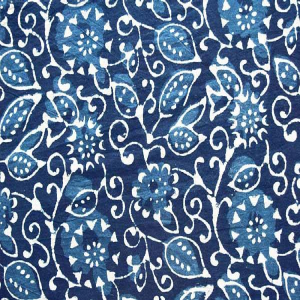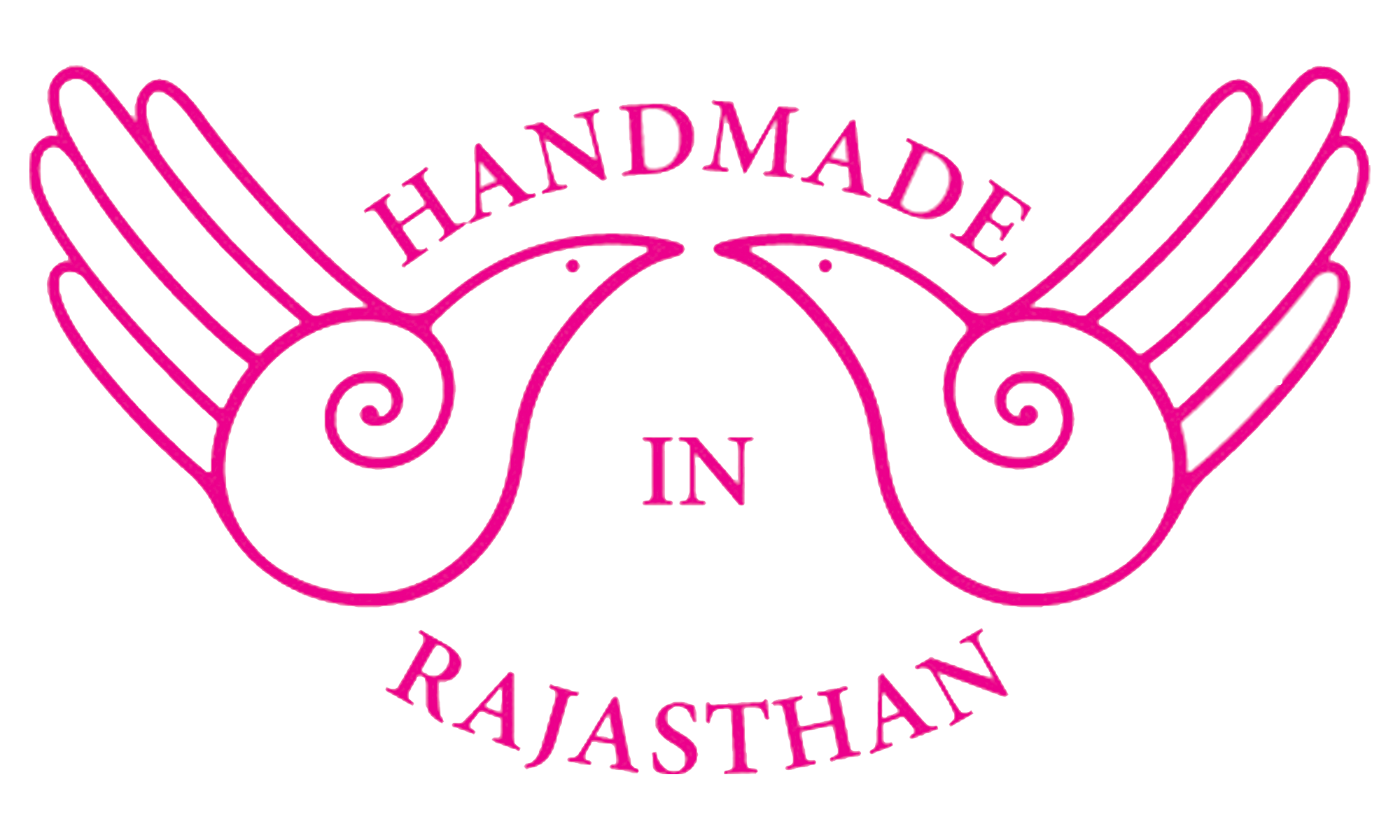- Home
- About US
- Art and Craft
- Artisans
- Master Crafts Persons
- Supporting Institutions
- News and Events
- Schemes
- Contact us
- Contact

THE CHHIPPA COMMUNITY of traditional printers of this region use the mud resist printing technique with vegetable dyes to create densely patterned and richlycoloured textiles that cater to the functionaland sartorial requirements of many localcommunities such as thePatel,Meghwal,Sindhi,Muslims,Maali,RaikaRabari,Jat and Bishnois.
Although all the motifs are derived from vegetable and floral forms,each bears a unique association with a specific community,thusserving as a means of identifying the wearer.The dabu process beginswith the collection and storage of mud from the local pond;prior to itsusage the mud is wet and sieved until it becomes a fine paste.It is thenmixed with lime,gum,either fenugreek or alum,and jaggery.The fabricto be printed is washed thoroughly to remove all starch and then dried; the entire yardage is treated with harda,the mordant,and thendried again.The resist printing is executed by applying a woodblock dipped in the dabu paste on the thus treated cloth,Thefabric is then dyed;depending on the design the fabric eitherundergoes a second round of resist printing or washing whichremoves the mud paste.The final dyeing stage imparts colour tothe previously resisted areas.
Dabu" a mud resist process by using wood block.The Process of Dabu Printing starts with the preparation of mud resist the clay is prepared by finely sieving it. Calcium hydroxide (Chuna in Hindi), naturally pounded wheat chaff (Beedan in hindi), and gum (gound in hindi) are the main interdients to make the mud resist. The dug out mud from the dry pond is soaked in water in a separate tank overnight. The mud resist is freshly prepared before every printing. A mixture of beedan and gound are along with mud are doughed to make a sticky paste.
Application of mud resist onto fabric TThe mixture is now ready for dabu printing. The mud resist being applied onto the fabrics using wood blocks. Either the dabu printing is done ona single table while sitting or on a running table. This depends upon the space availability and comfort an individual printer. To quickly dry the paste, saw dust is being applied to places where the mud resist is printed. The saw dust also acts as a binder which prevents color penetration while dyeing. The application of mud resist onto the fabric is followed by dyeing the fabric in a cauldron of dye. The process may be repeated for double dabu and triple dabu and hence forth. After every dyeing the fabric is thoroughly washed so as to remove the mud application. Finally the non dyed part where the resist has been applied is revealed after the washing. some of the color penetrates onto the fabric caused by mud cracking. The result is veining which gives it batik like look to the fabric.

